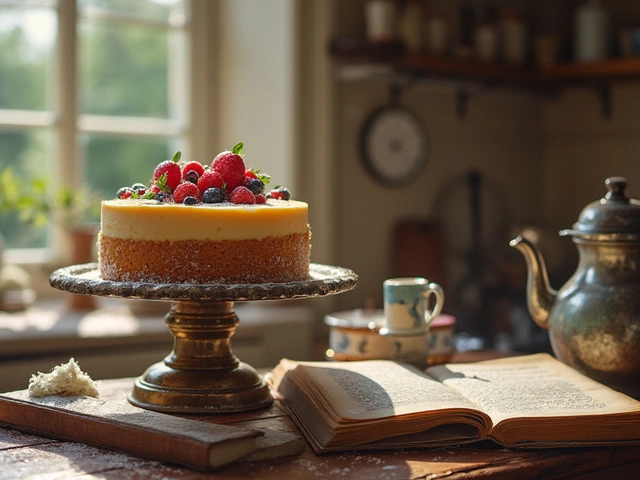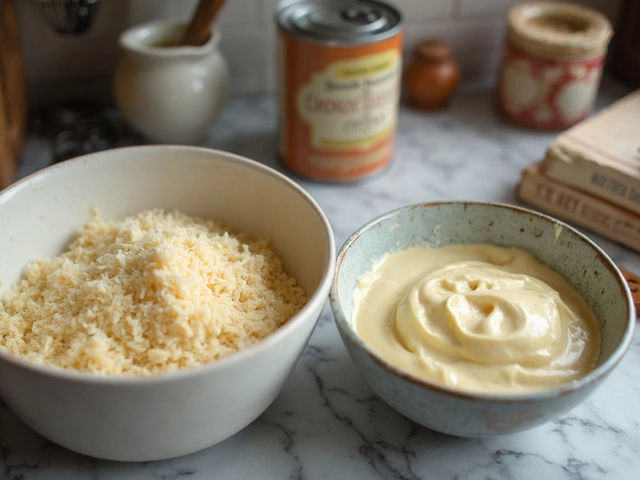Continental Cheesecake: Easy Recipes and Handy Tips
If you love classic cheesecake but want a fresh spin, the continental style is your answer. It blends creamy cheese with light, buttery crusts and often adds a fruity or nutty layer that feels European. Below you’ll find quick basics, flavor ideas, and practical advice so you can whip up a show‑stopping cheesecake without a culinary degree.
Core Elements – Crust, Filling, and Topping
The crust is where the continental vibe starts. Instead of a heavy graham cracker base, try a mix of crushed shortbread, digestive biscuits, or almond flour with melted butter. Press it into the pan and bake for a few minutes to set – this keeps the crust crisp while the filling stays silky.
The filling stays true to classic cheesecake: cream cheese, sugar, eggs, and a splash of vanilla. What sets it apart is the addition of a lighter dairy component like ricotta, mascarpone, or even a spoonful of Greek yoghurt. This reduces density and gives a subtle tang that pairs well with fruit compotes.
For the topping, think seasonal European flavors. A warm berry coulis, apricot glaze, caramelized nuts, or a drizzle of honey works wonders. You can also sprinkle toasted almond slivers or a dusting of powdered sugar for an elegant finish.
Step‑by‑Step Quick Guide
1. Prep the crust: Combine 1½ cups of your chosen biscuit crumbs with ¼ cup melted butter and a pinch of salt. Press into a springform pan and bake at 325°F (160°C) for 8‑10 minutes.
2. Mix the filling: Beat 16 oz cream cheese until smooth. Add ¾ cup sugar, 2 eggs, ¼ cup sour cream (or Greek yoghurt), 1 tsp vanilla, and ½ cup ricotta. Blend just until combined – over‑mixing can introduce air bubbles.
3. Bake gently: Pour filling over the crust, tap the pan to release bubbles, then bake at 300°F (150°C) for 45‑55 minutes. The center should wobble slightly; it will firm up while cooling.
4. Cool and chill: Let the cheesecake sit on the counter for an hour, then refrigerate for at least 4 hours or overnight. This step is crucial for a smooth texture.
5. Add the topping: Warm your fruit jam or melt a bit of chocolate, then drizzle over the chilled cake. Sprinkle nuts or fresh berries just before serving.
Storing is simple – keep the cheesecake covered in the fridge for up to five days. If you need to freeze, wrap tightly in plastic and foil; it stays good for a month, though texture is best when enjoyed fresh.
With these basics, you can experiment endlessly. Swap lemon zest for orange, try a matcha green tea swirl, or layer caramel and sea salt for a sweet‑salty punch. The continental cheesecake is forgiving enough for beginners but elegant enough for a fancy dessert table.
Ready to impress friends or just treat yourself? Grab your favorite toppings, follow the quick guide, and enjoy a slice of European‑inspired bliss right at home.






